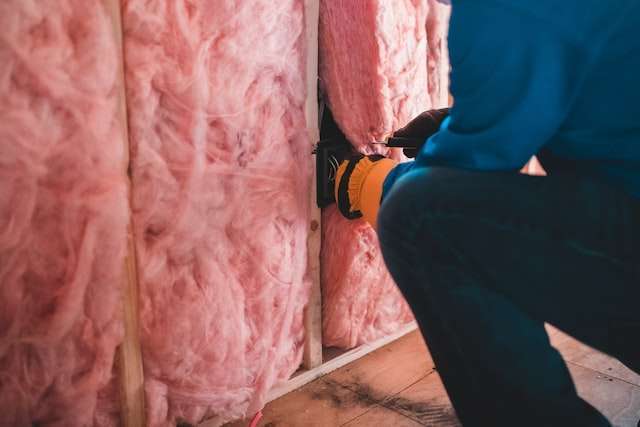Noise is everywhere in modern society. There are few places you can visit in the UK that are entirely free of man-made noise-pollution, whether the distant sound of an A-road or motorway or the quiet drone of passing aircraft. Noise pollution is an especial issue in urban and suburban areas, and something about which contractors have to think when building or renovating domestic properties.
Not only is it pleasant to enjoy a home unencumbered with the sounds of the next-door neighbours or outside world, but there are also regulations that define the minimum level of sound mitigation a property should have – for the benefit of both occupants and neighbours. But if you live in an especially noisy area, you might be keen to step up your home’s soundproofing. How might you do such a thing?
Wall Insulation
Insulation is a key part of any property’s soundproofing measures, providing the bulk of the protection. Insulation is an extremely common material for sound-related work beyond domestic applications too, as professional music studios use it to isolate sound in spaces and eliminate room reflections. In the home, though, wall insulation can help wick energy from sound waves as they pass through walls.

Add Mass to Walls
But insulation alone is not enough to defeat sound waves, particularly when you consider that different frequencies of sound act differently in a given space. Lower-frequency sounds are particularly difficult to isolate or mitigate, owing to their low-energy movement; additional wall mass in the form of plasterboard or other sheet material gives low-frequency sounds more to pass through, and dissipates more energy.
Sound waves also reflect and refract, which can create additional difficulty in mitigating noise pollution or spread. Backing softer insulative materials with harder, flat materials reflects sound waves back into the insulation, allowing them to further dissipate energy.
Isolate Spaces
You can spend as much money as you like on state-of-the-art sound insulation materials, but if you have so much as a millimetre crack between spaces, sound pollution will win over. Complete isolation is the best route to soundproofing; to return to professional audio situations, music studios will frequently be composed of “rooms within rooms”, ensuring complete isolation from other spaces.
Domestically, air linkage between spaces occurs in the space between doors and their frames, cracks and holes between walls and windows, and other openings such as your fireplace. All need to be effectively addressed to reduce noise egress or ingress.
You might install foam insulation or brushes around your door jambs; you might take out your decorator’s caulk and reseal your window frames, as well as any cracks that have emerged in walls or along your skirting boards. You might also go as far as to install a cap on your chimney to reduce noise from outside.



